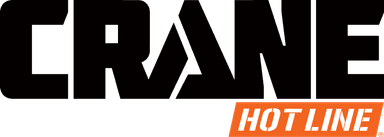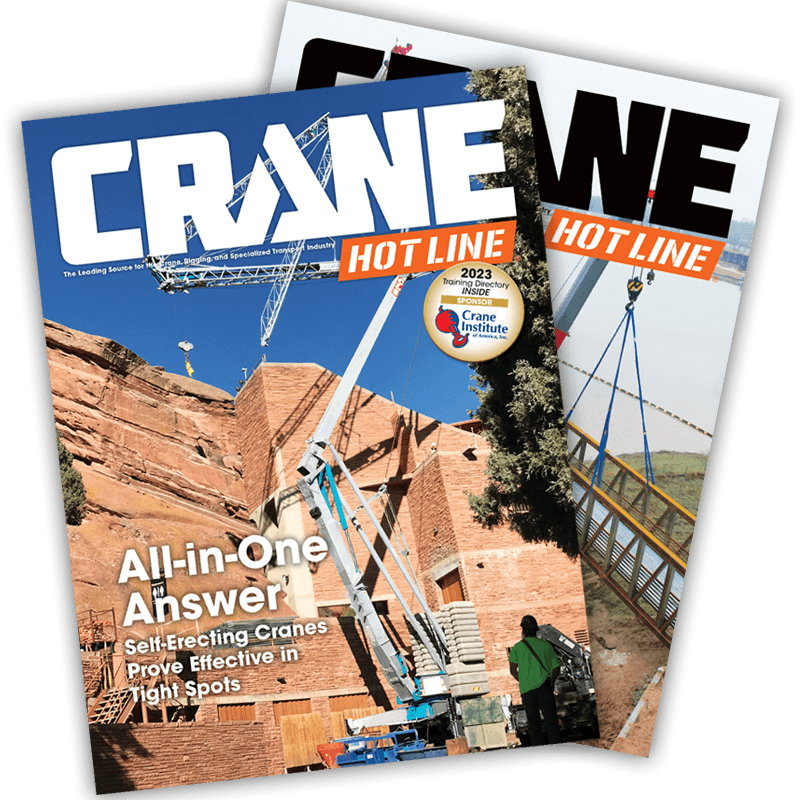A Towable Toolbox
Enlarge Image

Image 1. Genie TZ-50
Subject: Genie Industries TZ-50 towable boom lift, featuring a 49'6” platform height, 29'2” horizontal outreach, and 22-foot up-and-over clearance.
Serial number: TZ5004-138
Date in service: March 2004
Hours in service: 139
Equipment owner: RSC Equipment Rental, headquartered in
Service location: Greater
Date of review: 08/28/06
December 6, 2006 • Like so many other specialized lifting products, trailer-mounted lifts have been slower to develop in North America than in
The simple design of trailer-mounted lifts makes them easy to maintain, opening a whole new set of retail sales and rental opportunities. If you already own or have used a trailer-mounted aerial lift, then you know how valuable they are as an easy-to-transport and inexpensive tool to safely get you into the air to complete a variety of tasks. Landscaping, painting, roof repairs, sign maintenance, and exterior and interior overhead lighting are just a few of the many applications these units are suited for.

Product Overview
The TZ-50 is Genie's second generation 50-foot class trailer-mounted aerial work platform. It replaced the TMZ-50 at the beginning of 2004. Some key features found on the TZ-50 include a 49'6” platform height and a 4'1” articulating jib boom with 135° of vertical motion, which allows the operator to position the platform horizontally. The unit is easily towed behind vehicles that have an adequate capacity, 2-inch ball, and a Class 3 hitch. Several different hitch receptacles are available.
The TZ-50's maximum tow speed rating is 60 mph, which provides for fast transportation to jobsites. Heavy-duty jockey wheels allow for precise positioning of the machine during set-up and transport. They also work well with the drive-and-set option, which is described in detail later.

Observations and operation
It is not uncommon for electric-powered aerial lifts to have very low hour meter readings, but 139 hours on a 30-month-old TZ-50 trailer-mounted lift seemed unusually low. The reality of it is the majority of time spent on this unit is lifting, unlike a scissor lift or conventional boom lift, with very little driving. Wear and tear on a towable lift would be better measured with an odometer, since the most demanding part of its life is bouncing up and down on the highway at break-neck speeds.
One feature worth noting is the exclusive Genie Automatic Leveling System, which is standard equipment on all TZ-50 models, and it does exactly what it says • self levels. The system provides 10° leveling capability and allows the operator to hydraulically deploy the outriggers and automatically level the machine. Machine set-up can be completed in less than 60 seconds when the operator deploys all four outriggers simultaneously.
The system self-levels the machine to 1° degree in all directions, and the level sensor alarm will not sound unless the machine is more than 2-1/2° out of level. This built-in tolerance provides resistance to level sensor “nuisance tripping,” which can be a common occurrence on other trailer-mounted booms. It is really a great productivity enhancement.
Enlarge Image
I also observed two different slope sensors on the TZ-50, which are both supplied by Power Components (see Image 2). One works in conjunction with the auto-leveling system and the other with the machine out-of-level safety system. RSC has replaced one sensor, which I was told was part of a Genie product improvement campaign. The replacement sensor utilizes a Hall effect system in lieu of the previous analog style.

Image 2. The auto-level system slope sensor was replaced under a factory-sponsored update campaign.
RSC's TZ-50 was equipped with the drive-and-set option, which provides the ability to drive the unit from the platform when it is in the fully lowered position. The drive-and-set option also provides outrigger deploying, retracting, and automatic-leveling functions from the platform when it is in the stowed position. This function is operated from a pedestal control station that can only be reached when the platform is stowed.
As you can see in Image 3, the TZ-50's cables and hydraulic hoses routed from the upper platform have worked themselves into a position where they can put extra wear and tear on the drive controls.

Enlarge Image
Image 3. Cables and hoses from the platform could put undue stress on the joystick when bouncing down the highway.
Propulsion is provided by a set of hydraulically driven drums, which drive the individual tires when manually placed in the proper position. Steering is, in effect, like a skid steer with each working in unison or separately to drive the machine. The friction of the steel tread plate on the soft rubber necessarily takes its toll on the tires.

Enlarge Image
Image 4. The effective friction drive is necessarily hard on tire tread
|
|
| Enlarge Image Image 5. The upper controls were replaced due to customer damage. Also shown is the battery condition indicator, a great standard feature. |
Operation of the unit was straightforward. Once I was orientated with the drive system, it was easy to position where I wanted to go without leaving the platform. Once I was in the right spot, the auto-level outrigger system quickly and quietly did the rest.

Overall appearance

Enlarge Image
Image 6. Not even Genie's nitride treated pins are immune to the effect of salt.
My past Genie product reviews had been limited to machines working in the desert in the Southwest where paint fading is just a way of life. Refer to image 1 at the top and note the dark blue strip across the upper boom • this is what the original paint looked like. I was somewhat surprised to observe that the paint on this Midwest-based machine had faded so significantly. Spending time behind a vehicle tossing up an abundance of debris and salt has taken its toll on not only the paint finish but also the hardware. In Image 6, you can see the effect the elements have had on the outrigger pins and hardware.

Service and maintenance issues
Service and maintenance issues
A review of the computer-generated service logs for this machine revealed a broad spectrum of service issues. To be fair, most appeared to be related to customer abuse or damage. The upper controls and a wheel assembly were replaced due to damage. The only major repair of note related to the turntable drive motor, which had failed and was replaced in July of this year. The logs also showed a large number of nickel and dime items, e.g., power cord replacement, which no doubt was a result of the machine being towed off while still plugged in.

Enlarge Image
Image 7. The flashing beacon location might be a problem.
Also noted was a raft of taillight replacements, which is just the nature of the beast, I guess. The flashing beacon also had been replaced several times. In Image 7, you can see it is located along the bottom of the upper boom. I wonder if this particular location makes it somewhat vulnerable?
Aside from the customer-caused damage, I could directly relate about $1,400 in total repair parts. Of this, about $300 was related to a new starter and a replacement v-belt on the Honda engine.
While not on par with the low cost of maintenance Genie owners and I are accustomed to, these relatively high costs likely stem from the reality that trailer-mounted aerial lifts are exposed to conditions most other lifts are not. Another factor is the typical user of towable lifts is not as experienced with operating an aerial work platform, which often results in more wear and tear.



